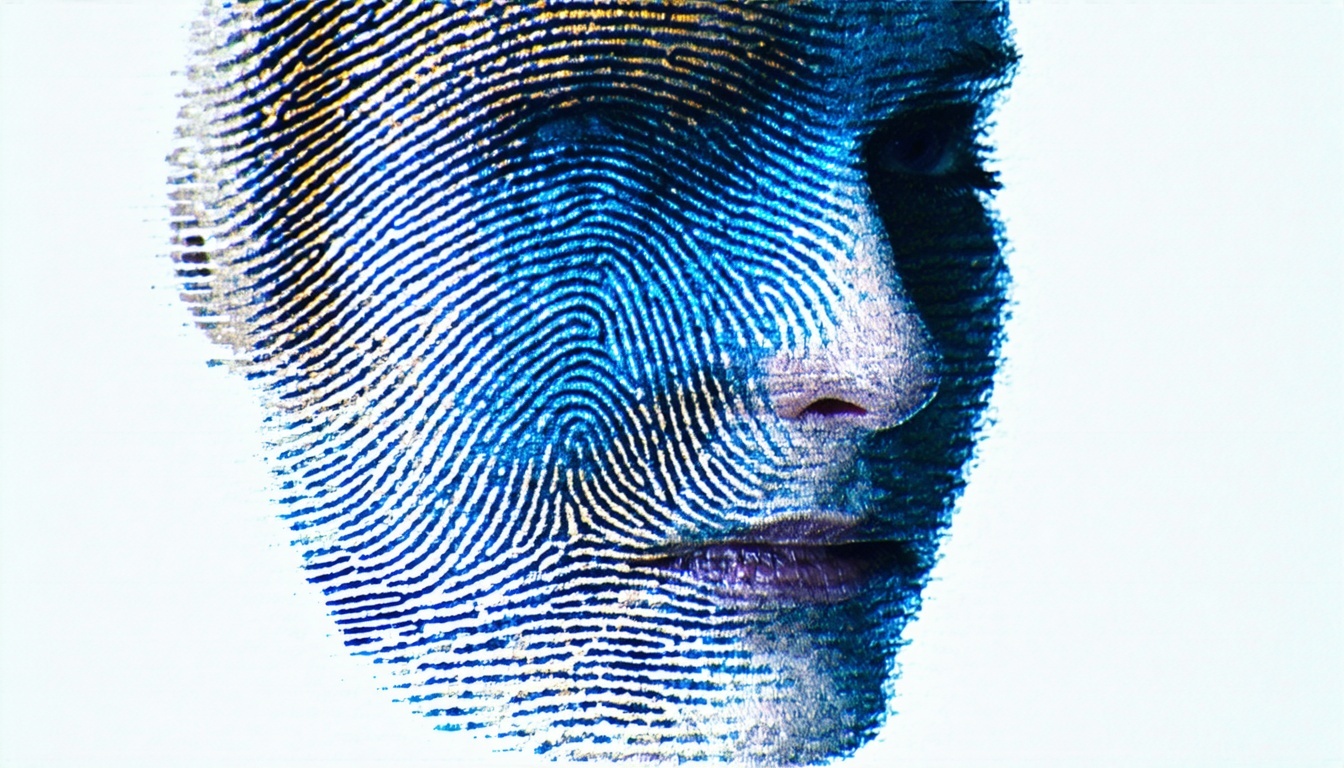
Biometrics for Insider Risk Mitigation
.png?width=64&height=64&name=profile-pic%20(27).png)
We tend to imagine Insider Risk as something covert, dramatic, or unmistakably ingenious: rival nation-states planting spies in companies or disgruntled employees subtly sabotaging systems to cause gradual deterioration without leaving a trace back to themselves.
The reality, however, is often far less glamorous. While those scenarios are certainly possible, the real threat usually lies in the mundane things we tend to overlook: piggybacking through secure doors, swapping badges during a hectic lunch break, or casually glancing at a colleague’s screen over their shoulder.
Insider risk comes in many different forms. While the more sophisticated high-stakes threats can be mitigated over time through a comprehensive insider risk programme, addressing the everyday, mundane vulnerabilities requires equal attention. That’s where biometrics becomes a key ally.
Biometric technologies allow us to move beyond traditional access controls by using people as both the preventative measure and the control, by leveraging the physical characteristics that make them unique and unreplicable. Some of the most familiar examples fall under physiological biometrics, such as fingerprint or palm print scans, facial recognition, retina scans, or even signature analysis. These are increasingly common and widely used, especially in consumer devices like smartphones. More advanced biometrics measure how people behave (behavioural biometrics), analysing patterns through keystroke dynamics, mouse strokes, file search habits, and command-line behaviour. These are typically employed in more advanced or sensitive settings, such as for critical infrastructures or FSOs, where continuous identity verification is necessary for enhanced security.
The Benefits
Biometrics offers advanced, effective, and efficient protection against insider risk across both physical and digital systems. Unlike traditional access controls, such as passwords or access badges), biometric credentials can’t be casually shared, stolen, or lost. This makes it far more difficult for an insider to pass access to someone else, whether willingly, under coercion, or unintentionally.
Biometrics is highly effective in preventing and mitigating masquerading, both in the digital and physical realms, whereby an employee pretends to be a colleague by stealing their password or access badge, hence becoming an insider. This allows them to gain unauthorised access to systems, spaces, or information they shouldn’t have, often with the intent of exploitation, manipulation, or sabotage. Biometric authentication therefore, significantly reduces the risk of unauthorised access via stolen credentials. It also enhances employee safety, as they can’t be targeted or coerced for their access any longer.
Likewise, biometrics highly reduces the risk of unintentional insiders and human errors. There are no more access cards to lose, forget, or leave unattended, as the employee’s own unique features become the access key. Considering that a large proportion of insider incidents (DTEX reports a total of 4.321 insider incidents in 2024 caused by unintentional insiders) are caused by mistakes and human errors, biometrics provides a solid foundation for reducing insider risk, establishing a security baseline from which more targeted and strategic improvements can be developed.
Biometrics is particularly useful in physical security when integrated into role-based access controls. By aligning biometric authentication with critical roles and access zones, organisations ensure that only authorised employees are allowed entry. This also enables continuous verification and real-time detection, with any biometric trace left by a potential insider being immediately flagged.
The Technical Challenges
Biometrics is, therefore, a powerful tool, but it does present some challenges. Some ways to circumvent biometric systems exist, both digitally and analogously. The rise of deepfakes, synthetic voices, AI-generated biometric spoofing, and presentation attacks (such as printed faces or video loops) has become a growing concern. Europol has also indicated incidents involving the use of silicone fingerprints, prosthetic face masks, or even hacked fingerprint sensors to gain unauthorised access, often by insiders with technical knowledge on how to circumvent systems or access sensitive equipment.
Fortunately, there are technical safeguards that can greatly mitigate these risks. Examples include liveness detection, which helps systems distinguish between a real, live user and a spoofed input by checking for blinking, skin texture, pulse, or subtle facial movements; multimodal biometrics, combining two or more biometric factors (like fingerprint and facial recognition) make it exponentially harder to gain unauthorised access; and lastly, context-aware authentication, which analyses real-time data about the user, such as location or time of access.
Conclusions
However, the most important way to overcome the challenges to biometric technology and to maximise the protection it offers is to integrate it into a holistic, comprehensive approach to insider risk management. Not just fingerprint scanners, but the four-eyes principle. Not just facial recognition, but the principle of least privilege. Not just keystroke dynamics, but situational awareness of your desk and environment.
Biometrics, therefore, needs to be integrated into a broader system that recognises insider risk stressors and behavioural patterns. This system encompasses both tangible controls (such as the technologies and principles mentioned above) but also a culture of accountability, transparency, and awareness around insider risk.
The human element is critical. Combining smart technology with the nuance and sensitivity of human insights is the best way organisations can protect their assets, people, and reputation.
Take the Next Step Toward Secure, Empowered Workplaces
At Signpost Six, we specialise in building holistic, people-centric insider risk strategies that empower your organisation to thrive. If you’re interested in exploring how biometrics and behavioural insights can elevate your security culture, let’s start a conversation.
Contact us today to schedule a consultation or learn more about our proprietary frameworks for insider risk mitigation. Together, we can create a safer, more resilient environment for your people and your business.
-1.png?width=750&height=500&name=Untitled%20design%20(36)-1.png)


